How to Apply for Student Loan Forgiveness in 2023 (The Ultimate Guide)
How to Apply for Student Loan Forgiveness: Are you burdened by student loans and seeking relief? Student loan forgiveness could be the answer you’re looking for.
This comprehensive guide will walk you through the process of applying for student loan forgiveness, ensuring you have the necessary information to pursue this opportunity and alleviate your financial strain.
What is Student Loan Forgiveness
Student loan forgiveness is a program designed to help individuals eliminate or reduce their student loan debt. It offers relief to borrowers who meet specific criteria, such as working in certain professions or participating in public service.
By forgiving a portion or all of the outstanding loan balance, these programs aim to make education more affordable and support individuals in achieving their financial goals.
Types of Student Loan Forgiveness Programs
There are various types of student loan forgiveness programs available, each tailored to specific circumstances. Some common programs include:
1. Public Service Loan Forgiveness (PSLF)
The Public Service Loan Forgiveness program targets individuals employed in public service or non-profit organizations. To qualify, you must make 120 qualifying payments while working full-time for an eligible employer.
2. Teacher Loan Forgiveness
Teachers may be eligible for loan forgiveness if they teach in a low-income school or educational service agency for five consecutive years. The Teacher Loan Forgiveness program offers a significant reduction in loan balance for qualifying educators.
3. Income-Driven Repayment Plan Forgiveness
Income-Driven Repayment plans, such as Income-Based Repayment (IBR), Pay As You Earn (PAYE), and Revised Pay As You Earn (REPAYE), provide loan forgiveness after making a certain number of payments based on your income and family size.
Whose Student Debt is Forgiven?
Various types of cancellation, forgiveness, and discharge are available for different types of student loans, allowing opportunities for employees to receive loan forgiveness. Brief descriptions of these various federal student loan repayment programs are described below and online by The U.S. Department of Education Federal Student Aid.
Public service loan forgiveness is open for some government employees and not-for-profit organization workers under the Public Service Loan Forgiveness (PSLF) Program. The PSLF program forgives the remaining balance on direct loans after the employee, working full time for a qualifying employer, has made 120 monthly qualifying payments under a qualifying repayment plan.
Another student loan forgiveness program benefits teachers. The teacher loan forgiveness program helps teachers with their direct loan payments by giving up to $17,500 of student loan forgiveness for teachers who teach full-time for five full consecutive academic years in a low-income elementary school or other schools in a school district with low-income families.
Additionally, if the school you are enrolled in closes while you are attending or shortly after you leave, you may be eligible for closed school discharge on federal student loans.
One type of cancellation and discharge program applies to those who have Perkins loans. Based on employment or volunteer service, you may be eligible to have some or all of your Perkins student loan canceled or discharged. This can include Perkins loan cancellation for teachers.
A different form of discharge applies to those with a total and permanent disability. If you are permanently disabled, you may be able to qualify for a permanent disability discharge of your federal student loan. A discharge is also offered on federal student loans if the borrower passes away.
Student loan discharges can also be applied in situations where the borrower files for bankruptcy. Discharge for bankruptcy is not automatic and is a process, as with many of these scenarios.
In the discharge case of borrower defense, borrowers may be eligible for student loan repayment if loans are taken out to attend a school and they do not fulfill the educational requirements or fail to provide in ways expected by the payment. Borrower defense to repayment is a form of student loan repayment program available for direct loans that helps discharge and varies depending on the circumstances of receiving your student loan.
A false certification discharge may be available for federal student loans if the school falsely certified your eligibility to receive student loans. Other discharges can apply if a loan is withdrawn from a school and the school failed to fulfill the return of the loan funds to the loan servicer.
Parent PLUS loans are also available for discharge if the parent dies, the student does not finish their schooling because of school closure, the school falsely certifies the loan, situations of identity theft, if the child whom the loan is for passes away, or if the school did not pay a loan refund it was required to.
Eligibility Criteria for Student Loan Forgiveness
To apply for student loan forgiveness, you must meet specific eligibility criteria. While the requirements may vary depending on the forgiveness program, common factors include:
1. Employment in Qualifying Field
Most forgiveness programs require you to work in a specific field or industry for a certain period. Examples include public service, education, healthcare, or non-profit organizations.
2. Repayment Plan and Payment History
Maintaining a good repayment history is crucial for forgiveness eligibility. Depending on the program, you may need to enroll in an income-driven repayment plan and make a certain number of on-time payments.
3. Loan Type and Status
Student loan forgiveness programs typically apply to federal loans. Ensure your loans are in good standing and meet the necessary requirements for forgiveness.
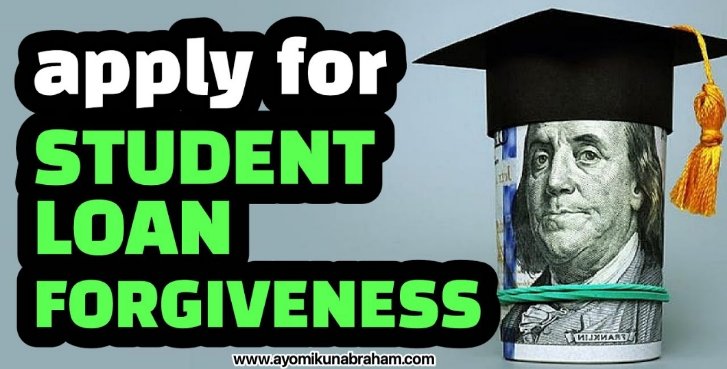
Application Process
Once you determine your eligibility, it’s time to apply for student loan forgiveness. Follow these steps to initiate the application process:
1. Research Available Programs
Thoroughly research the forgiveness programs available and identify the ones that align with your circumstances. Understand the specific requirements, deadlines, and benefits associated with each program.
2. Gather Required Documents
Gather the necessary documentation to support your application. This may include proof of employment, payment history, loan information, and any other supporting materials specified by the forgiveness program.
3. Complete Application Forms
Carefully fill out the application forms for the chosen forgiveness programs. Ensure accuracy and provide all the required information.
4. Submit Application
Submit your completed application along with the supporting documents through the designated channels or platforms provided by the forgiveness program. Pay attention to submission deadlines and follow any additional instructions provided.
Documents Required
When applying for student loan forgiveness, you’ll likely need to provide the following documents:
- Proof of employment in qualifying field
- Federal loan documentation
- Payment history records
- Income verification documents
- Tax returns (if required)
- Any other supporting materials specified by the forgiveness program
Common Mistakes to Avoid
Avoiding common mistakes during the application process is crucial to increase your chances of success. Some mistakes to avoid include:
- Incorrectly filling out application forms
- Missing deadlines for submission
- Neglecting to provide all required documentation
- Failing to maintain the necessary repayment history
- Not thoroughly understanding the program requirements
Benefits of Student Loan Forgiveness
Student loan forgiveness offers numerous benefits, including:
- Reduction or elimination of student loan debt
- Improved financial stability and reduced stress
- Increased disposable income for other financial goals
- Opportunity to pursue careers in public service or other qualifying fields
- Enhanced credit score and financial profile
Alternatives to Loan Forgiveness
While student loan forgiveness can be a significant relief, it’s important to explore alternative options that may suit your circumstances. Some alternatives include:
- Loan consolidation
- Income-Driven Repayment plans
- Loan refinancing
- Loan deferment or forbearance
- Seeking employer-sponsored loan repayment assistance
Impact of Loan Forgiveness
The impact of student loan forgiveness extends beyond individual borrowers. It stimulates the economy, promotes educational opportunities, and encourages individuals to pursue careers in public service and other critical fields.
By alleviating the burden of student loan debt, loan forgiveness programs contribute to a more financially secure and prosperous society.
Frequently Asked Questions
1. Can I apply for multiple student loan forgiveness programs?
Yes, you can apply for multiple forgiveness programs if you meet the eligibility criteria for each program. However, note that certain programs may have specific restrictions or limitations.
2. How long does it take to receive approval for loan forgiveness?
The time it takes to receive approval varies depending on the forgiveness program and the volume of applications. It’s essential to carefully follow the application guidelines and submit all required documents promptly.
3. Will loan forgiveness affect my credit score?
Loan forgiveness itself does not directly impact your credit score. However, the forgiveness process may involve loan consolidation or other actions that could have a temporary effect on your credit.
4. Can I apply for loan forgiveness if my loans are in default?
Some forgiveness programs offer options for borrowers with defaulted loans, such as the Income-Driven Repayment plans. It’s essential to explore available alternatives and consult with loan servicers to determine eligibility.
5. Is loan forgiveness taxable?
In most cases, loan forgiveness is considered taxable income. However, specific forgiveness programs, such as PSLF, offer tax-free forgiveness. Consult with a tax professional or the forgiveness program guidelines to understand the tax implications.
Conclusion
Student loan forgiveness provides a glimmer of hope for individuals burdened by student debt. By understanding the different programs, eligibility criteria, and application process outlined in this guide, you can take the necessary steps to pursue loan forgiveness and pave the way towards financial freedom.
Remember, the path to forgiveness may require dedication, but the rewards of reduced debt and increased financial stability are well worth the effort.
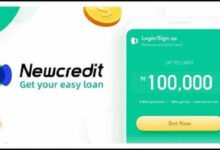
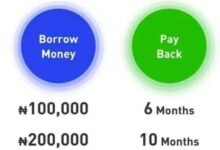



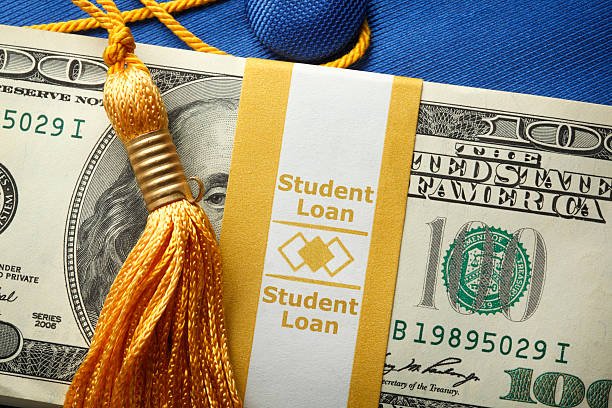



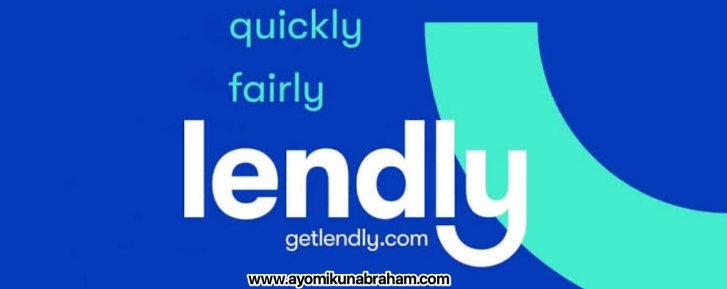
One Comment